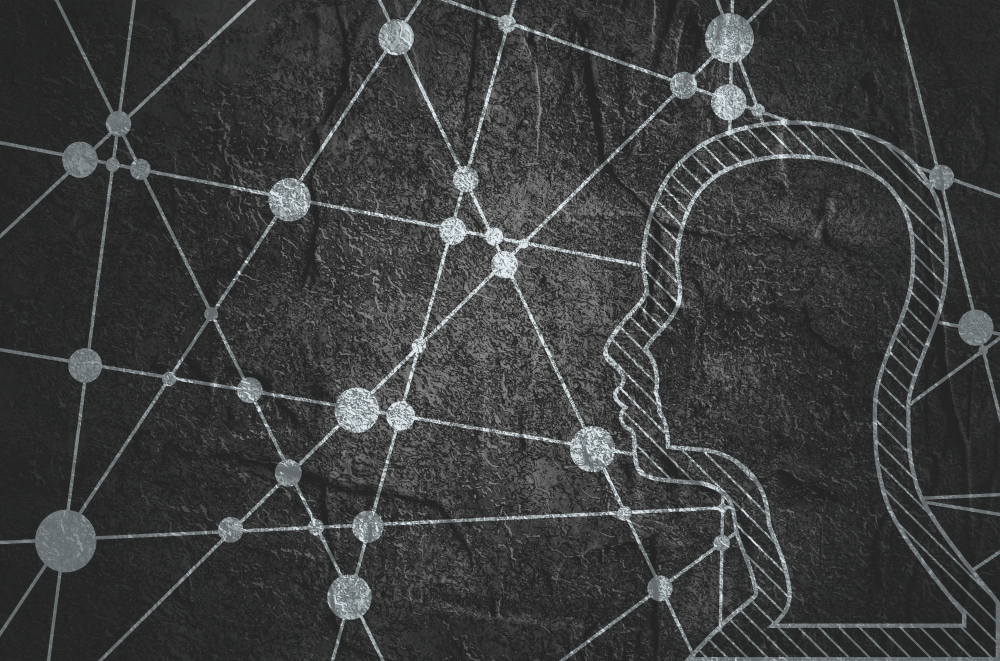Dr. Patricia M. Richey discusses the differences in psychiatric profiles among cosmetic and medical dermatology patients, including disorders, medication/drug use, and treatment satisfaction.
Examining Psychiatric Comorbidities and Use of Psychotropic Drugs by Cosmetic Dermatology Patients

Patricia M. Richey, MD
Harvard/Massachusetts General Hospital Fellow in Laser Medicine and Cosmetic Dermatologic Surgery, Boston, Massachusetts
“Patients with certain psychiatric disorders, namely mood disorders, personality disorders, and body dysmorphic disorder (BDD), are more likely to express dissatisfaction after a cosmetic procedure,” said Patricia M. Richey, MD, who recently authored a paper on the topic.1
While studies have displayed links between the desire for a cosmetic procedure and psychiatric stressors and these disorders, the scarce literature on the subject mostly comes from the realm of plastic surgery, said Dr. Richey.
“A possible association between psychiatric disorders and the motivation for cosmetic procedures is critical to understand given increasing procedure rates and the need for clear communication and appropriate consultation visits with these patients.”
To gain insight about psychiatric comorbidities and use of psychotropic drugs by cosmetic dermatology patients, Dr. Richey and colleagues conducted a retrospective review identifying 2000 patients seen at the medical clinic and the laser and cosmetic clinic at Massachusetts General Hospital. Comparisons between the two equally sized cohorts showed significant differences in demographic characteristics: cosmetic patients were younger on average than medical patients (48.1 vs 56.2 years; P <.0001) and had a higher predominance of women (78.5% vs 61.4%; P <.00001).
Analyses examining psychiatric diagnoses showed that the percentage of patients having at least one psychiatric disorder was significantly higher among cosmetic patients compared to medical clinic patients (49.2% vs. 33.1%; P <.00001). In addition, the percentage of patients with more than one psychiatric diagnosis was nearly twice as high in the cosmetic group than in the medical clinic cohort (16.9% vs 9.3%).
The most common psychiatric diagnoses were similar in both groups and included anxiety, depression, attention deficit hyperactivity disorder (ADHD), and insomnia. However, all of these diagnoses as well as obsessive-compulsive disorder (OCD), bipolar and related disorders, and feeding and eating disorders were present at significantly higher rates in the cosmetic surgery group.
Interestingly, no patient included in the study had a diagnosis of BDD, according to Dr. Richey.
“It is possible that BDD was not picked up by our search strategy. Alternatively, physicians may be cautious about entering this diagnosis in the individual’s medical record given the increased ease of patients gaining access to this information.”
Data on psychiatric medication use showed that the percentage of patients actively taking a medication for psychiatric disease was also significantly higher in the cosmetic group than among medical clinic patients (43.9% vs 28.1%; P <.00001). Use of multiple psychiatric medications was more common in the cosmetic dermatology group as well, and among patients on more than one psychiatric medication, the average number of medications used was higher in the cosmetic dermatology group. Considering differences in use of specific medication classes, antidepressant, anxiolytic, and stimulant drugs were all used at significantly higher rates in the cosmetic surgery group.
Dr. Richey observed that the finding of a higher rate of stimulant drug use in the cosmetic surgery group is interesting considering that stimulant intake can trigger OCD,2 which was present at a significantly higher rate in the cosmetic group, but also because Dr. Richey and coworkers previously reported that many patients with psychocutaneous disease of the neurotic variety (i.e., acne excoriée) were taking a stimulant.3
“Excoriation of surgical/procedural sites by patients would delay healing and increase the risk for infection and scarring,” she said, adding that to her knowledge, no psychiatric drugs alter the risk of any other postprocedural complications.
Practical Advice
“Do your best to obtain a full medication list and accurate medical history from patients seeking cosmetic procedures and consider using a well-studied screening tool for mood disorders, such as the Patient Health Questionnaire-2.”
However, much can be gained from simply talking to patients to try to understand them and their underlying motivations for surgery, said Dr. Richey.
“That is why it is critical to have an appropriate consultation visit that should also set clear expectations for outcomes. And be sure to document the discussion in the patient’s record.”
She added, “Although it was not possible to do so in our retrospective study, it would be interesting to see if any consultation visit interventions, such as implementing a screening tool or delving deeper into psychiatric histories, allows us to better predict patient-perceived procedural outcomes.”
By Cheryl Guttman Krader
References:
- Richey PM, Chapin RW, Avram MM. Psychiatric comorbidity and pharmacology in a cosmetic dermatology setting: A retrospective cohort study. J Am Acad Dermatol. 2022 Oct 22:S0190-9622(22)02966-8. doi: 10.1016/j.jaad.2022.10.040. Epub ahead of print. PMID: 36283511.
- Shakeri J, Farnia V, Karimi AR, et al. The prevalence and clinical features of amphetamine-induced obsessive compulsive disorder. Drug Alcohol Depend. 2016 Mar 1;160:157-62. doi: 10.1016/j.drugalcdep.2015.12.034. Epub 2016 Jan 8. PMID: 26811120.
- Vento AE, Schifano F, Gentili F, et al. Bupropion perceived 2. Richey PM, Laageide L, Swick BL. Stimulant use in patients presenting with psychocutaneous disorders. J Am Acad Dermatol. 2022;86(5):1002-1009.


